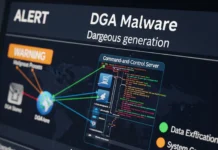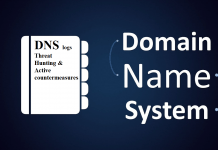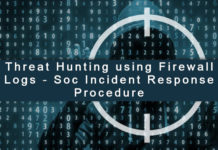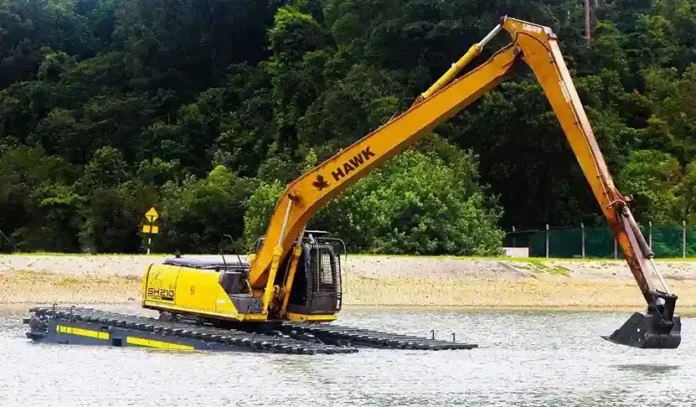Introduction: Maximizing Efficiency with the Right Equipment
The success of modern construction and dredging projects heavily depends on the ability to complete complex tasks with speed, precision, and safety. Among the specialized machines that have revolutionized these industries, long reach excavators stand out for their unmatched versatility and reach. Designed to access hard-to-reach or hazardous areas, these machines are essential for projects requiring extended reach and deeper excavation capabilities.
In this article, we explore the top long reach excavator uses in both construction and dredging sectors, helping you understand where and why these machines outperform standard excavators.
Understanding Long Reach Excavators
Long reach excavators are a specialized type of hydraulic excavator engineered for operations that demand extended boom and arm reach. Unlike standard excavators, which are limited by their relatively shorter arms, long reach models feature modified booms that can extend up to 100 feet or more, making them ideal for deep and distant excavation work.
These machines are particularly useful in environments where conventional excavators cannot safely operate, such as steep embankments, underwater areas, or tight-access urban settings. Whether you’re removing sediment from a river or demolishing a multi-story structure from a safe distance, the unique capabilities of long reach excavators make them a valuable asset.
Some of the most common long reach excavator applications include construction, demolition, environmental cleanup, and, notably, dredging.
Key Use Cases in Construction Projects
Site Preparation and Earthmoving
One of the primary long reach excavator uses in construction is for site preparation. These machines can move large volumes of soil, debris, and other materials across wide areas without repositioning. This is especially useful for large-scale projects like industrial parks, highways, and residential complexes.
Tasks such as trenching, grading, and landscaping are made easier with long reach excavators. Their extended arm allows them to perform these tasks with fewer movements and better visibility, reducing the time and labor involved.
Demolition and Debris Removal
When it comes to demolition, particularly of tall structures or unstable buildings, long reach excavators provide a safer and more efficient solution. The extended boom keeps operators at a safe distance while allowing precise control of the demolition process. This reduces the risk of injury and prevents damage to nearby structures.
After demolition, the same excavator can be used to remove debris from the site. Its superior reach allows access to hard-to-reach corners and compact spaces, improving cleanup speed and site readiness for the next phase of construction.
Deep Excavation Challenges
Deep excavation work often presents serious challenges, including limited access, risk of ground collapse, and water intrusion. For such tasks, long reach excavators are ideal.
When used as an excavator for deep excavation projects, these machines allow operators to dig below grade without needing to move the excavator into unstable or muddy terrain. Their extended reach also enables digging while staying clear of excavation edges, reducing the likelihood of cave-ins or equipment instability.
Common applications include foundation digging, basement construction, retaining wall installation, and excavation near bodies of water where soil may be loose or waterlogged.
Top Dredging Applications for Long Reach Excavators
Sediment Removal and Maintenance Dredging
One of the most critical long reach excavator uses is in dredging. Dredging is the process of removing accumulated silt, sediment, and debris from the bottom of rivers, lakes, and canals to maintain navigability and environmental balance.
Dredging with long reach excavators is an efficient way to remove sediment without requiring barges or floating platforms. These excavators can work from the shore and still reach the required depths. This reduces equipment costs and operational complexity.
Such tasks are essential for maintaining the flow of waterways, reducing the risk of flooding, and keeping ports and harbors functional.
Coastal and Marine Projects
In coastal areas, long reach excavators are invaluable for jetty maintenance, beach nourishment, and harbor deepening. They can efficiently handle long reach excavator dredging projects that involve shifting large volumes of sand, gravel, and marine vegetation.
Due to their extended reach, these excavators can operate safely on unstable terrain or from a considerable distance, making them ideal for working near the waterline without risking equipment submersion.
Whether it’s a levee reinforcement or a coastal erosion control project, long reach excavator for dredging projects offers a practical and effective solution.
Environmental and Ecological Dredging
Environmental dredging is a specialized field that focuses on removing contaminated sediments from water bodies to restore ecological balance. Long reach excavators are often used in this context due to their ability to precisely control sediment removal, minimizing the disruption to surrounding ecosystems.
Their extended reach ensures minimal contact with water, preventing further contamination and sediment dispersion. As sustainability becomes a priority, these applications are gaining traction globally.
Why Choose a Long Reach Excavator?
Benefits of Long Reach Excavators
The benefits of long reach excavators go beyond just their extended booms. Here’s a breakdown of why they are the go-to choice for complex excavation projects:
- Extended Reach and Depth: Long reach excavators can access hard-to-reach areas without relocating the machine multiple times, making them perfect for large-scale and complex sites.
- Enhanced Safety: Operators remain at a safe distance from unstable or hazardous areas, reducing the risk of accidents, especially in demolition and dredging tasks.
- Operational Efficiency: The machines can complete tasks faster with fewer repositioning requirements. This translates to reduced fuel consumption, lower labor costs, and quicker project turnaround.
- Versatility: From construction to environmental management, these excavators can handle a wide variety of jobs, making them a long-term investment for contractors.
- Cost-Effective for Specific Projects: While more expensive than standard excavators, their ability to perform tasks more efficiently and with fewer risks often leads to cost savings over the life of a project.
Heavy Equipment for Dredging vs Construction: What’s Best?
When selecting heavy equipment for dredging or construction, matching the right machine to the task is crucial. Long reach excavators are ideal for scenarios where precision and reach are necessary. However, understanding their limitations is also important.
For example:
- In construction: Long reach excavators are best used for demolition, grading, and deep trenching but may not be ideal for compact areas requiring high maneuverability.
- In dredging: They are excellent for shoreline and shallow water dredging but might not replace specialized dredging vessels for deep-sea projects.
Choosing between renting and buying depends on how frequently you handle projects requiring these capabilities. For occasional jobs, renting a long reach excavator may be more economical, while companies with a consistent need may benefit from ownership.
Conclusion: Enhancing Productivity with Strategic Equipment Use
The use of long reach excavators in modern construction and dredging projects is not just a matter of convenience—it’s a strategic choice. Their ability to reach further, dig deeper, and operate in challenging environments makes them an invaluable part of the heavy equipment arsenal.
From managing large-scale long reach excavator construction projects to executing precise environmental dredging, these machines deliver the power, reach, and safety necessary for high-stakes operations. As industries continue to push the boundaries of what’s possible, long reach excavators are set to remain at the forefront of innovation and efficiency.
Understanding the long reach excavator uses and selecting the right equipment for your project can be the difference between a job well done and a costly setback.



































